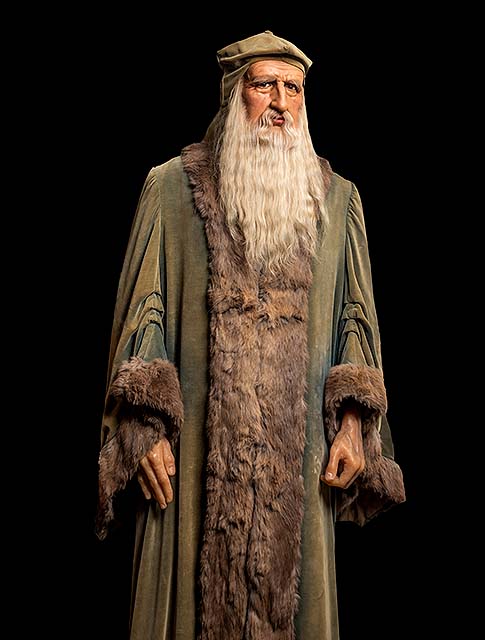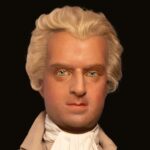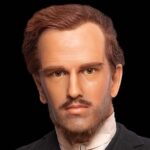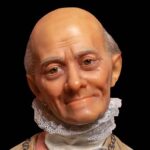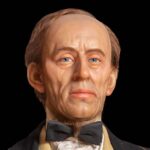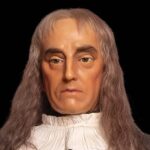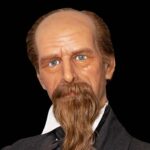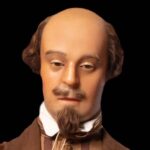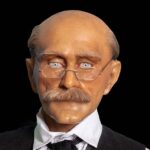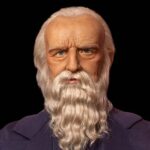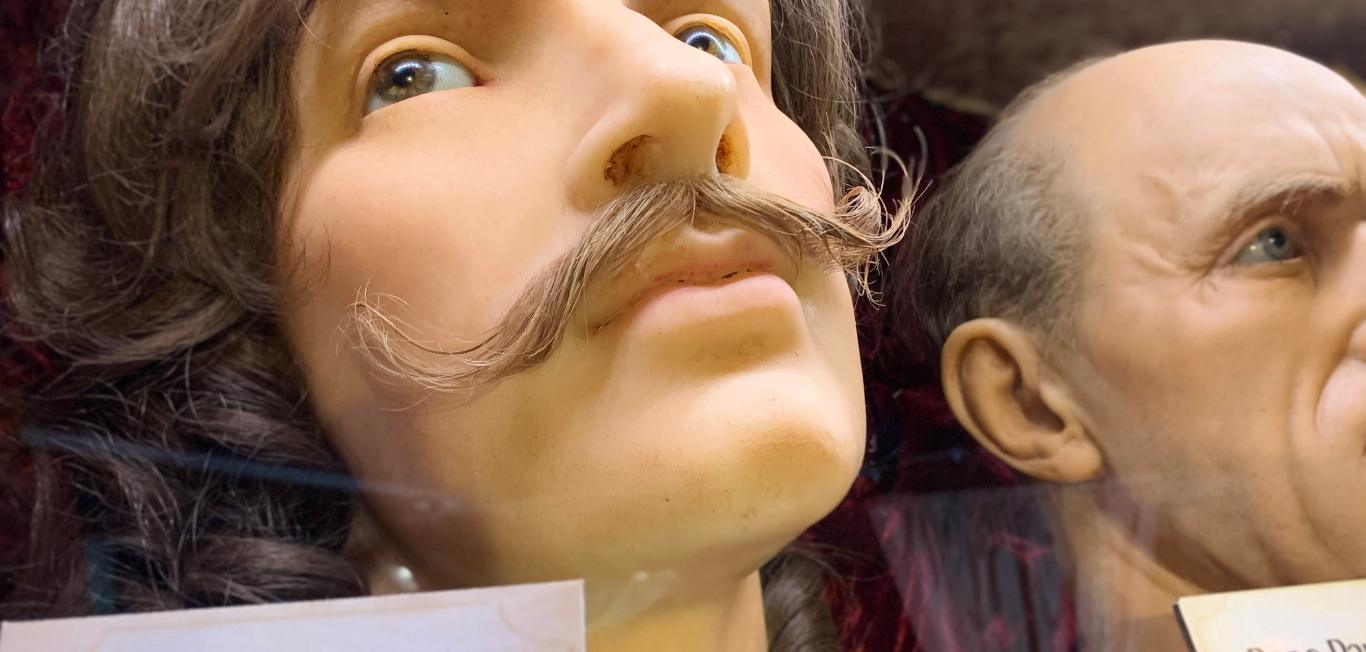Who Was Leonardo Da Vinci?
Leonardo da Vinci is most renowned for his artistic creations, his contributions to science and his inventions throughout the Renaissance era. His accomplishments and works helped cement his legacy in history. He incorporated scientific concepts into all facets of life, including music and art. Da Vinci carried out dozens of meticulous studies and produced innovative technologies that were revolutionary at the time.
He made significant scientific discoveries as a result of his acute eye and fast thinking, yet he never shared his insights with the world. What some may not know about the history of Leonardo da Vinci is that he worked as a military engineer to create cutting-edge and lethal weaponry.
Despite being one of the best historical painters of the Italian Renaissance, he only left behind a small number of finished works.
Leonardo da Vinci has always been viewed largely as an artist because of the reputation of his surviving paintings, yet the hundreds of pages of his notebooks that have survived show the most diverse and brilliant intellect. He wrote and drew, using left-handed mirror script, on a variety of topics, including geology, anatomy, flying, gravity, and optics, frequently hopping from one to the next on a single page . Around 500 years before their respective invention dates, he indirectly invented the bicycle, the airplane, the helicopter and the parachute through draft drawings.
DID YOU KNOW?
Da Vinci wrote and drew, using left-handed mirror script, on a variety of topics.
The actual brilliance of Leonardo da Vinci was not as a scientist or an artist, but rather as what some call an “artist-engineer.” His paintings were based on science, and he had a thorough grasp of how the human body functioned as well as the physics of light and shade. His illustrations and diagrams demonstrate his understanding of how the universe functions. His science is represented through the means of art.
Young Leonardo da Vinci
Leonardo da Vinci was the illegitimate son of a lawyer. He was born on April 15, 1452, not far from the Tuscan town of Vinci.
Growing up, young Leonardo da Vinci had access to academic books that were possessed by family members while being raised at his father’s house in Vinci. He was also exposed to the historical heritage of painting, and when he was approximately 15 years old, his father apprenticed him to the famed Florence studio of Andrea del Verrochio. Leonardo da Vinci showed his exceptional skill even while working as an apprentice. In fact, a number of works created by Verrocchio’s studio in Florence between the years of 1470 and 1475 appear to exhibit his talent. Up until 1477, da Vinci worked at the Verrocchio studio. In 1478, he established himself as a master on his own.
Late in Life
In 1482, Leonardo da Vinci gave up his first commission in Florence, “The Adoration of the Magi,” in order to work for the Duke of Milan. He was searching for a livelihood and new challenges. The governing Sforza family employed Leonardo da Vinci as an engineer, sculptor, painter, and architect. In the refectory of Milan’s Monastery of Santa Maria delle Grazie, he created a fresco depicting the “Last Supper.”
The Duke employed Leonardo da Vinci as a painter, sculptor and designer of extravagant court celebrations, but he also had him create machines, structures and weaponry. Da Vinci researched a variety of topics between the years 1485 and 1490, including nature, flying devices, geometry, mechanics, governmental building, canals and architecture. His research during this time period also included plans for cutting-edge armaments, such as tanks and other military vehicles, different combat gadgets, and even submarines. Da Vinci also created his first anatomical studies around this time. His Milan workshop was bustling with trainees and scholars.
He stayed in Milan for 17 years, departing only when Duke Ludovico Sforza was overthrown by the French invading the city in 1499. Da Vinci achieved unprecedented heights in his creative and scientific endeavors during this time.
Before traveling back to Florence, he could have stopped at Venice. It’s thought that da Vinci painted numerous portraits when he was living in Florence, but only the well-known “Mona Lisa” (1503-1606) has survived.
Leonardo traveled to the Château de Cloux in 1517 at French King Francis I’s request. He passed away there on May 2, 1519.
DID YOU KNOW?
It's thought that da Vinci painted numerous portraits when he was living in Florence, but only the well-known "Mona Lisa" survived.
Accomplishments as an Artist
Leonardo da Vinci was an accomplished artist with many famous paintings. His most-known paintings have made him go down in history as an internationally known artist. Tourists from all over the world travel just to see some of his work. Here are some of his most notable works.
The Last Supper
“The Last Supper” is da Vinci’s depiction of an occasion that is described in all four of the Gospels that make up the Christian New Testament. Christ assembled his apostles for dinner the night before he was betrayed by one of them. He also told them he knew what was about to happen and washed their feet as a sign that everyone was on an equal footing with the Lord. Christ gave the disciples specific instructions on how to eat and drink in his memory as they shared a meal and beverage together. It was the first time the Eucharist, a tradition that is still followed, was celebrated.
Da Vinci had never completed a painting of this size before and was unfamiliar with the fresco technique used in most murals. Contrary to frescos, where the pigments are blended with wet plaster, the painting was created using experimental colors straight on a dry plaster wall. As a result, it has not withstood the test of time well. Da Vinci had to fix the paint flaking from the wall even before it was done. It has fallen apart, been bombed, damaged and repaired throughout the years. Most likely, we see just a very small portion of the original today.
Recently, there has been a lot of interest in the painting’s hidden features, but by focusing on these “hidden” aspects, most people overlook the great sense of perspective the piece demonstrates. The picture’s acute angles lead to the room’s back wall, which appears to be in the distance, and the windows that reveal the hills and sky beyond. The kind of day depicted via these windows contributes to the tranquility that resides in the piece’s heart, around the figure of Christ.
The vanishing point of da Vinci’s perspective design in “The Last Supper” lies directly behind Christ’s right temple, indicating the precise placement of the sensus communis, or central nervous system, of his brain. He delineated the orthogonal borders of the six ceiling coffer columns, the ends of the tables, and the floor lines by drawing a thread in radial directions from this spot. He located the points for the horizontal lines of the 12 coffer rows by drawing diagonal lines up to the coffer corners from the right and/or left border of the horizon line.
DID YOU KNOW?
The vanishing point of da Vinci's perspective design in “The Last Supper” lies directly behind Christ's right temple.
It was commonly known that da Vinci cared for symmetry. The arrangement in his “Last Supper” is primarily horizontal. The enormous table can be seen in the image’s foreground, with all of the people positioned behind it. With the exact equal number of individuals on either side of Jesus, the artwork is substantially symmetrical.
Mona Lisa
Private commissioners requested Leonardo da Vinci between 1505 and 1507. He not only produced his most well-known work at this time, but also “The Mona Lisa,” which is perhaps the best-known and most well-known piece of art ever produced in the history of humankind.Behind this artifact, there are several hypotheses and tales: Jaundice is mentioned, many people assume it is a portion of a pregnant lady, and some think it is actually a male masquerading as a woman. There are a lot of hypotheses about this work, even if none of the reports are confirmed, and this is part of what makes it so alluring.
“The Mona Lisa” was another ongoing project for Leonardo da Vinci; he never completely finished it and continued to strive for perfection. The actual picture was never delivered to the commissioner who had hired him for the job; instead, he kept it with him until his passing. It is presently concealed behind the thickest bulletproof glass in the Louvre in Paris. It is regarded as the most renowned work of art to have ever been produced by any artist throughout any time period or style of art in addition to being a national treasure.
The Vitruvian Man
Leonardo da Vinci produced the work “The Vitruvian Man” sometime near the year 1487. It has annotations that refer to the designs created by renowned architect Vitruvius Pollio. The pen-and-ink artwork on paper shows a man with his arms and legs spread in two overlapping postures while also being drawn in both a circle and a square. This picture serves as the ideal illustration of Leonardo da Vinci’s intense attention to proportion. Additionally, this image serves as a fulcrum in da Vinci’s efforts to portray the connection between humanity and nature. Over the years, various efforts have been made to grasp the meaning of the foundation of Leonardo’s representation of Vitruvius’ ideas.
Like the majority of works on paper, “The Vitruvian Man” is only periodically placed on display. The piece is kept in the Gallerie dell’Accademia in Venice, Italy.
Da Vinci’s Legacy
According to the history of Leonardo da Vinci, he was a Renaissance man with much to offer humanity. His abilities were said to be much beyond the works of art that he produced during his career. He never separated science from art, as many individuals of the day did. It was this that gave his work such depth and personality. He recorded his discoveries, innovations, observations and sketches on more than 13,000 pages of notes. These sections detail his work in architecture and anatomy, flying machine designs, plant research and other fields.
His ideas were primarily theoretical and almost never tested. As he stuck as near as he could to actual anatomy and did not stray from the sciences in his works, he was also credited with being one of the first to chronicle the child’s human body.
DID YOU KNOW?
Da Vinci recorded his discoveries, innovations, observations and sketches on more than 13,000 pages of notes.
FAQs
What did Leonardo da Vinci discover and invent?
Along with being a gifted artist, Leonardo da Vinci was also an accomplished engineer. Compared to the rest of his generation, he was one of the first to come up with concepts for innovations that are used today. He, in concept, developed the double hull, the helicopter, the parachute, armored fighting vehicles, solar power, automobiles and a basic theory of plate tectonics.
How did Leonardo da Vinci die?
His exact cause of death is unknown. However, it is known that he died at Château de Cloux on May 2, 1519. It is believed that Leonardo da Vinci died from a stroke.
What were Leonardo da Vinci’s last words?
Leonardo da Vinci’s last words were: “I have offended God and mankind because my work did not reach the quality it should have.”
Is Da Vinci’s Demons true?
Da Vinci’s Demons does not 100% accurately portray Da Vinci’s life.
